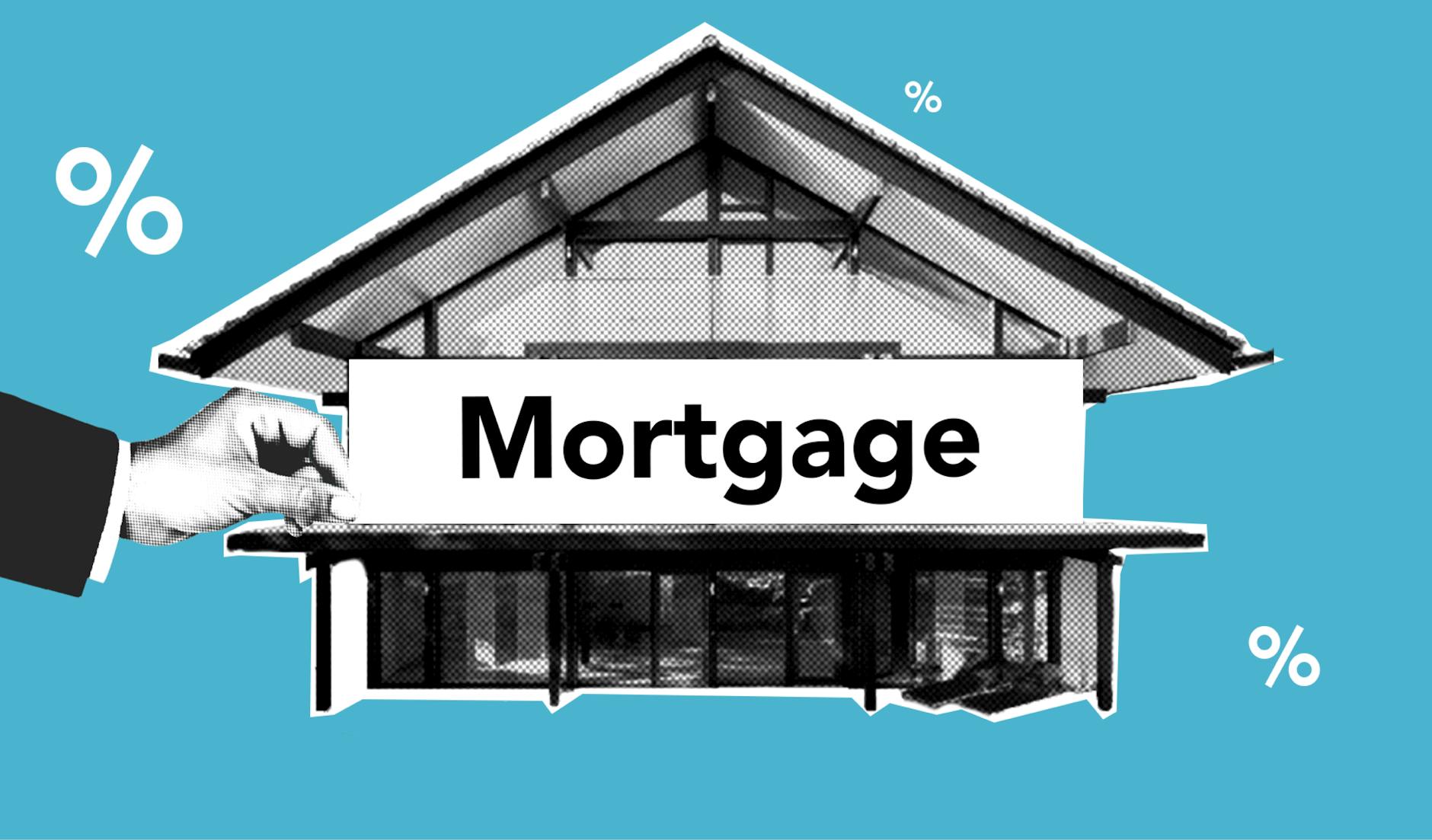Feeling the pinch from a high mortgage payment? Refinancing replaces your current home loan with a new one, often with a lower rate or better terms. As of October 2025, average 30-year fixed rates hover around 6.3% to 6.38%. Even a small drop can matter. On a $300,000 loan, a modest rate cut can trim $100 to $150 a month. That is real cash back in your budget.
Here is what you will learn: the basics, when it makes sense, top ways to save, the costs, and how to time your move.
What Is Refinancing and When Does It Make Sense to Do It?
Refinancing is like hitting reset on your mortgage to get better terms. You swap your current loan for a new one, often to lower your rate, your payment, or your total interest.
Common paths:
- Rate-and-term refinance: Replace your loan to cut your rate or change the timeline.
- Cash-out refinance: Tap home equity at a mortgage rate, then use the funds to pay off pricier debt or fund big projects.
When does it make sense? If your current rate is higher than today’s average, about 6.3% to 6.38%, you could save. A drop from 6.75% to 6.25% may cut $100 to $150 a month on a $300,000 balance, or $1,200 to $1,800 a year. Savings grow if you keep the home for years.
Check two things before you start: your credit and your home value. Better credit can unlock a lower rate. More equity can reduce your monthly costs and remove mortgage insurance.
Signs it is time to consider a refi:
- Rates fell since you closed, and you can qualify for today’s lower averages.
- Your credit score improved, which can get you a better offer.
- Your home value climbed, which boosts equity and may remove PMI.
- Your income changed, and you need a smaller, steadier payment.
- You plan to stay put long enough to pass your break-even point.

Photo by Monstera Production
Key Signs Your Mortgage Is Ready for a Refinance
- Rates dropped: Recent averages sit near 6.3%. If your rate is higher, you may save.
- Better credit: A stronger score can cut your rate and fee costs.
- Higher home value: More equity can reduce risk and your monthly bill.
- Want a shorter term: Moving to a 15-year can slash total interest, if the payment fits.
- You have high-interest debt: A cash-out refi can consolidate at a lower rate.
Top Ways Refinancing Lowers Your Monthly Bills and Total Costs
- Lower rate, lower payment: A small cut adds up. On $300,000, shaving the rate can free $100 to $150 a month and save thousands over time.
- Shorter term, faster payoff: A 15-year loan often carries a lower rate, around 5.57% in many cases. The monthly payment is higher, but you pay far less interest overall.
- Cash-out to wipe costly debt: Rolling high-interest balances into a mortgage rate can reduce total interest and simplify payments.
- Adjustable-rate options: ARMs can start lower, but they can rise later. Consider only if you expect to move or refinance again before adjustments.
Tip: Use an online refinance calculator to model your new payment and lifetime interest.
How a Lower Rate Turns into Real Cash Savings Over Time
On a $300,000 loan, dropping from 7.0% to 6.3% can save about $120 per month. Over 30 years, that is roughly $43,000 in total payments. The reason is simple. Less interest paid each month means more of your payment hits the principal. With October 2025 rates near 6.3% to 6.38%, run your numbers to see your cut.
Shortening Your Loan Term to Slash Interest Payments
Compare a 30-year to a 15-year. The 15-year at around 5.57% often has a bigger payment, but the total interest is far lower. If you can afford the higher monthly and plan to stay, this path builds equity faster and reduces your long-run cost.
The Costs of Refinancing and Tips to Ensure You Come Out Ahead
Refinance costs usually run 2% to 5% of the loan amount. On $300,000, expect $6,000 to $15,000 for lender fees, title, and appraisal. Your break-even point tells you if it is worth it. Divide total costs by your monthly savings. If fees total $10,000 and you save $150 a month, you break even in about 67 months.
Smart moves:
- Shop lenders for rate, fees, and service.
- Skip it if moving soon, since you may not break even.
- Consider no-closing-cost options, where fees are traded for a slightly higher rate.
- With rates steady near the low 6s, acting now can work if you qualify and plan to stay 5 or more years.
Calculating Your Break-Even Point for Smart Decisions
- Estimate total refinance fees.
- Calculate your new payment.
- Find monthly savings versus your current payment.
- Divide fees by savings to get months to break even.
Example: If break-even is 3 years and you will stay 10, that is a clear win. Use a free calculator to confirm your numbers.
Conclusion
Refinancing can cut costs by lowering your rate, shortening your term, or clearing high-interest debt. With 30-year averages near 6.3%, it is worth a quick check. Run a calculator, compare lender offers, or get pre-approved. A smart refi could ease your monthly budget and help you build wealth faster.
